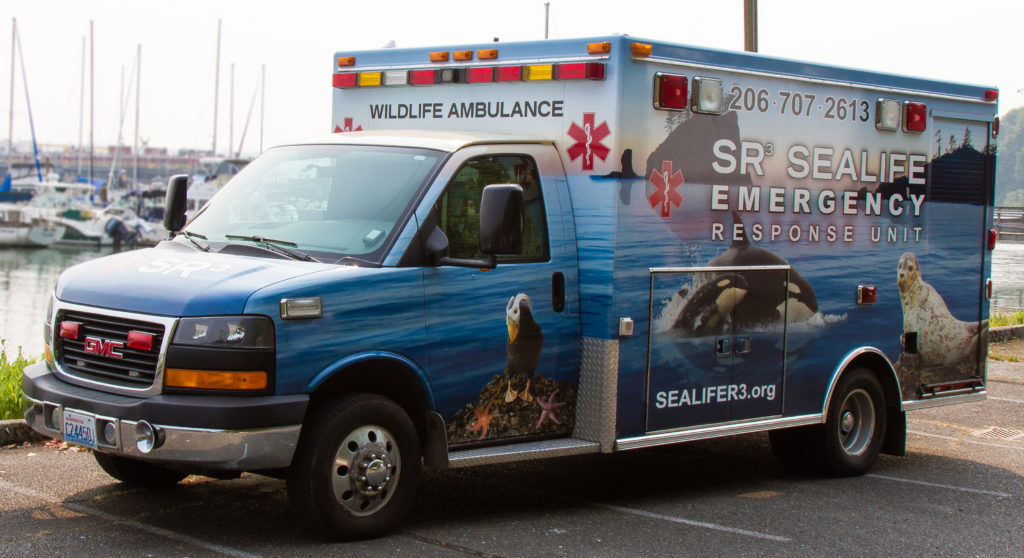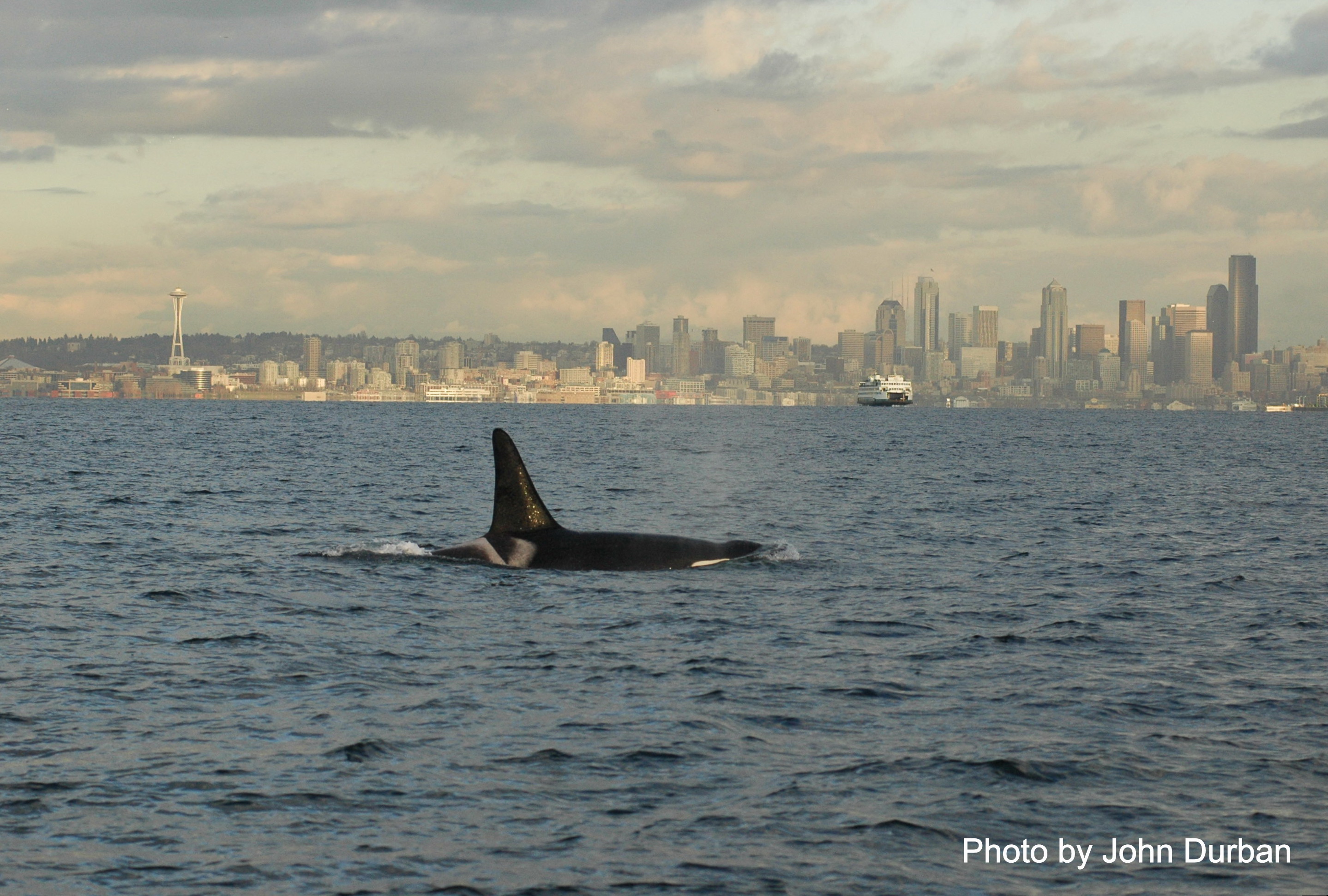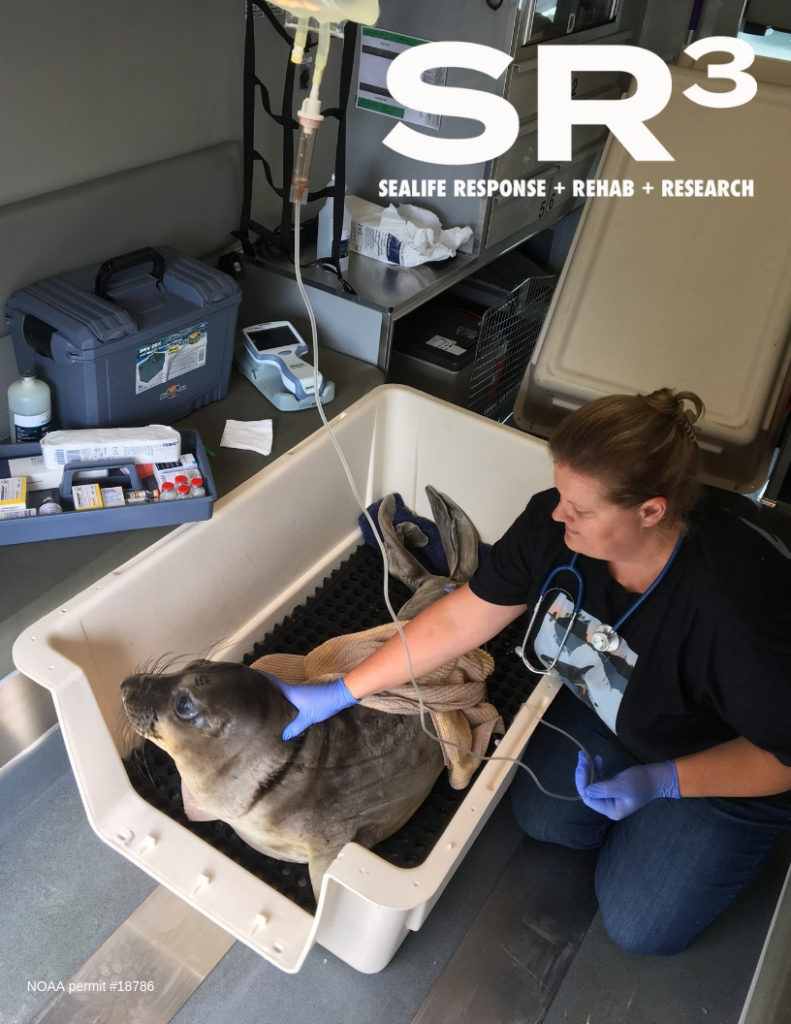Salish Sea Declared a Hope Spot in Celebration of New Marine Animal Hospital
February 17, 2021
Header image: Photo of K21, an adult male from the endangered Southern Resident killer whale population, taken off the Seattle waterfront. Photo credit: John Durban.
SEATTLE, WASHINGTON (2020)
The Salish Sea has been declared a Hope Spot by international nonprofit Mission Blue in recognition of SeaLife Response, Rehabilitation, and Research (SR³) and their partners’ conservation goals to protect the local marine biodiversity. SR³ is kicking off their celebration as the Hope Spot Champions with the opening of a new marine animal hospital in Seattle, coming soon.
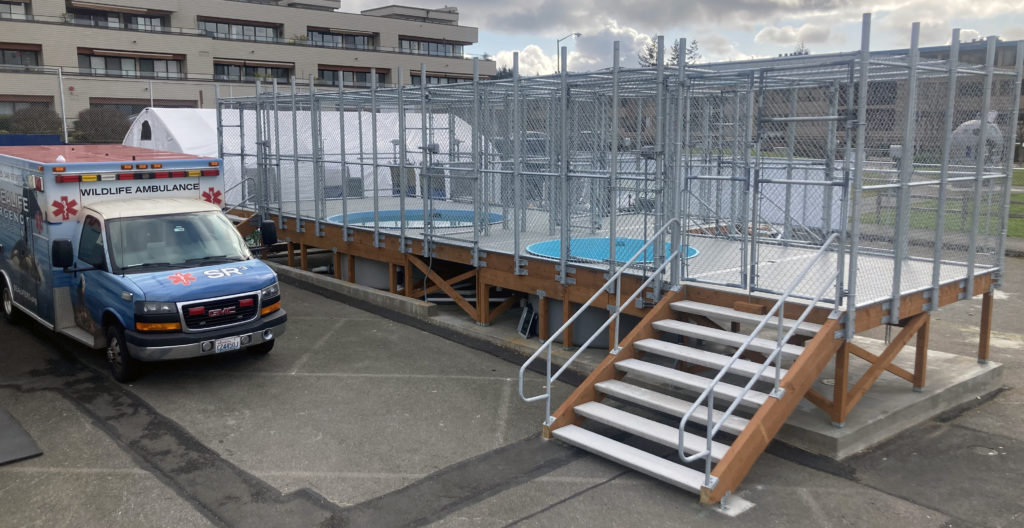
Connecting the waters between Seattle, Washington and Vancouver, Canada, the Salish Sea is bursting with iconic and beloved creatures like the endangered Southern Resident killer whales and humpback whales. As the original inhabitants of the sea, these mammals called the region home thousands of years before human beings walked to draw borders between countries, build ports, and develop commercial fishing to feed the rest of the two-legged world. Today, man’s impact on the ocean has created increasing threats for marine wildlife in the Pacific Northwest.
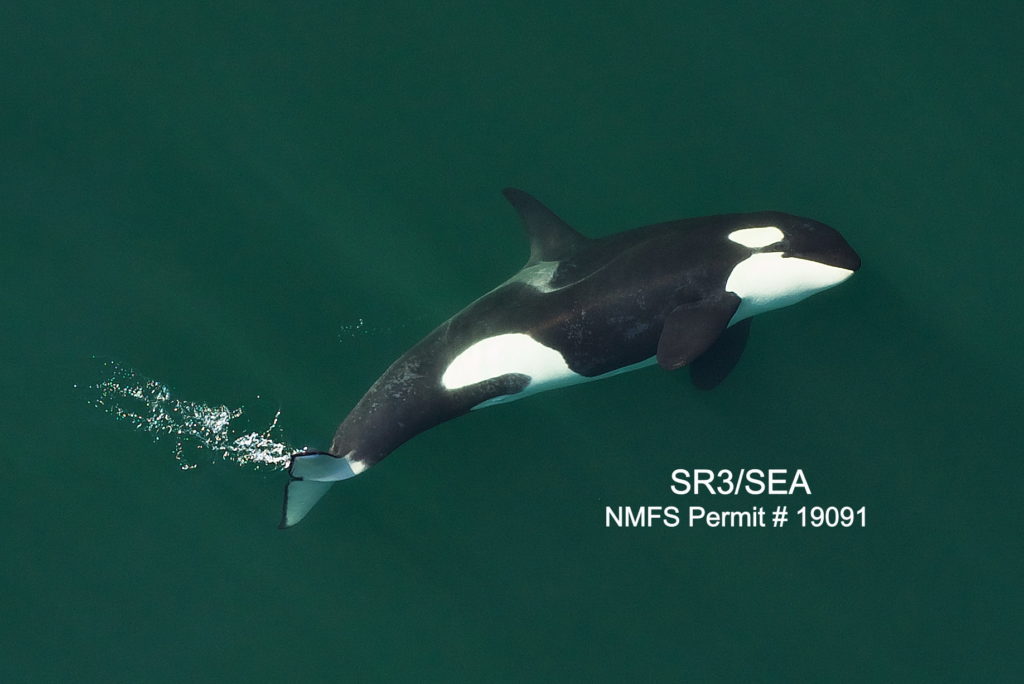
Dr. Sylvia Earle, Founder of Mission Blue, says, “The Salish Sea holds immensely important biodiversity. This body of water has provided the residents of Seattle up to Vancouver with vital natural resources for millennia. We must act now if we want to protect the ocean and its inhabitants from the destructive effects of human interference. I want to thank SR³ and their partners for their important work in marine animal research and rehabilitation – it’s so important that people are aware of the creatures that they share the ocean with. If the whales, seals and dolphins aren’t healthy, humans won’t be healthy, either.”
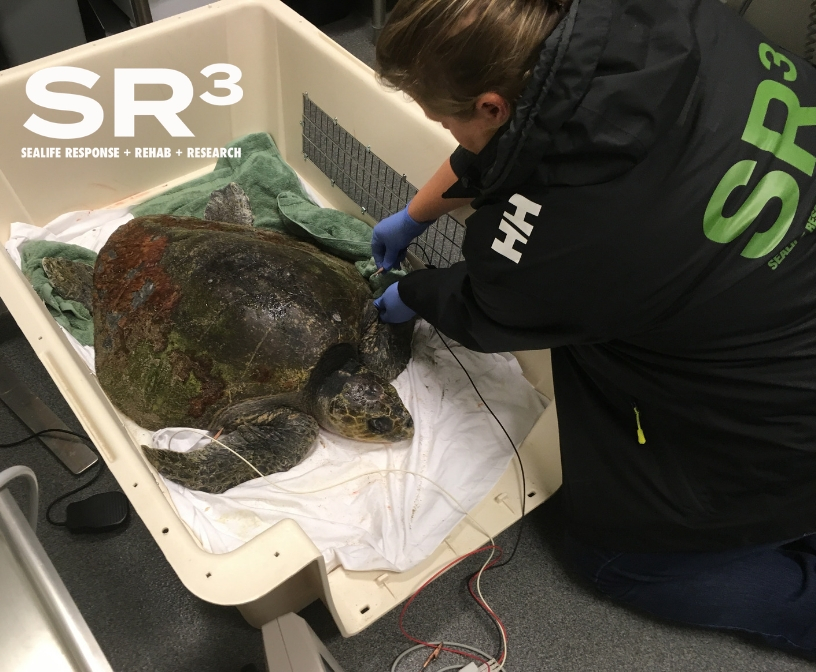
Casey McLean, Hope Spot Champion and Executive Director of SR³, explains how marine animals serve as important indicators of ocean health and of environmental changes that can impact humans. She elaborates, “From warming ocean waters to entanglements, marine animals are increasingly suffering.” She continues, “Without a specialized marine wildlife hospital in the region, many sick and injured animals are left without hope for survival. It also limits our ability to gain insights that would drive protections for many more animals.”
From injured seals to entangled whales, SR³ works to ensure that struggling marine animals receive the expert help they need. Their SeaLife Rescue Center – the first marine wildlife specialty hospital in the Pacific Northwest – is opening soon. As a community-supported nonprofit, SR³ relies on donations from individuals who wish to invest in the health of their blue backyard.
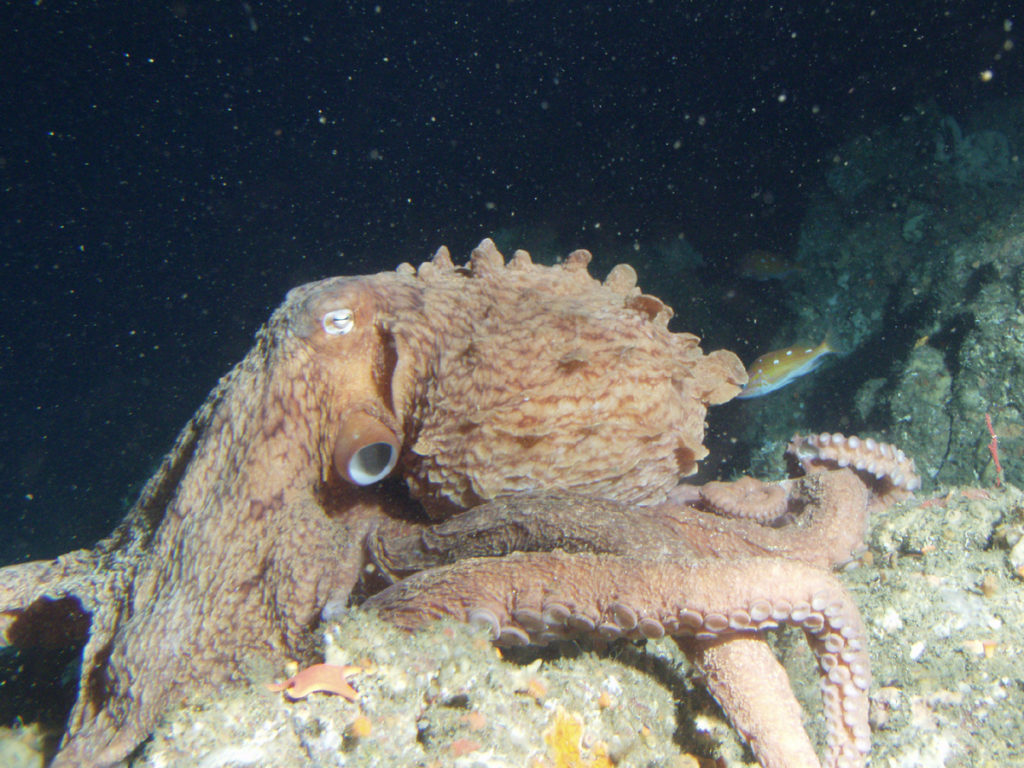
The Salish Sea is home to some of the largest and longest-lived marine species on Earth, including the North Pacific giant octopus (Enteroctopus dofleini), the giant Pacific chiton (Cryptochiton stelleri), the largest barnacle (Balanus nubilus), plumose anemone (Metridium senile), the largest sea anemone, cabezon, lion’s mane jellyfish, and 25 species of rockfish that have life spans of 50-200 years.
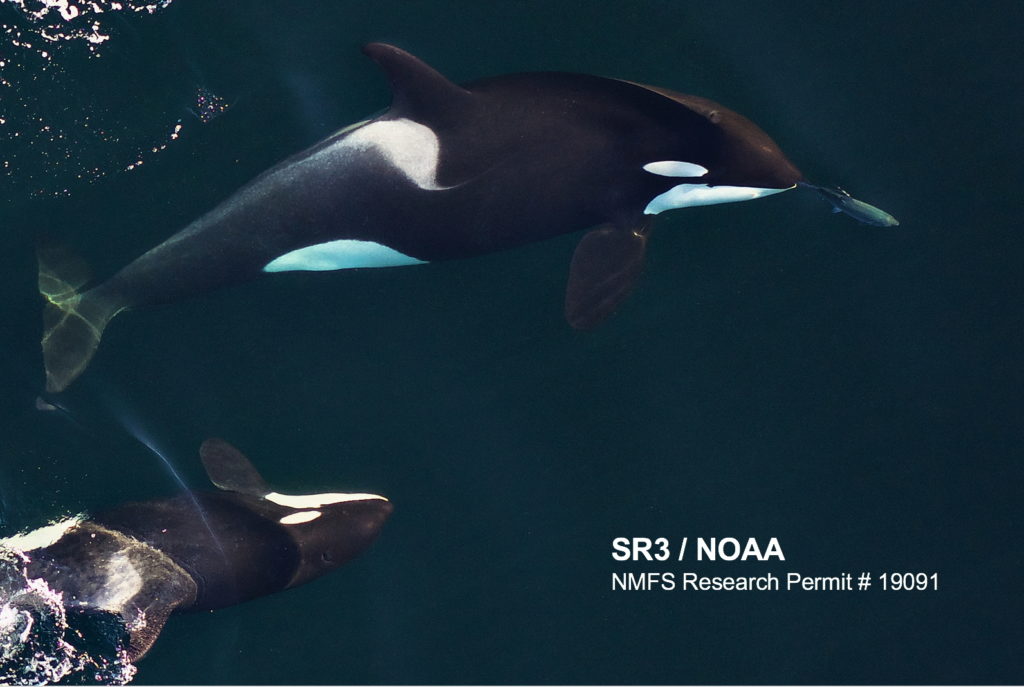
Protecting the animals of the Salish Sea will benefit the entire ecosystem – regardless of human boundaries. New conservation policies and activities can draw attention to the many rivers and streams that feed into the sea that are in desperate need of habitat restoration and protection.
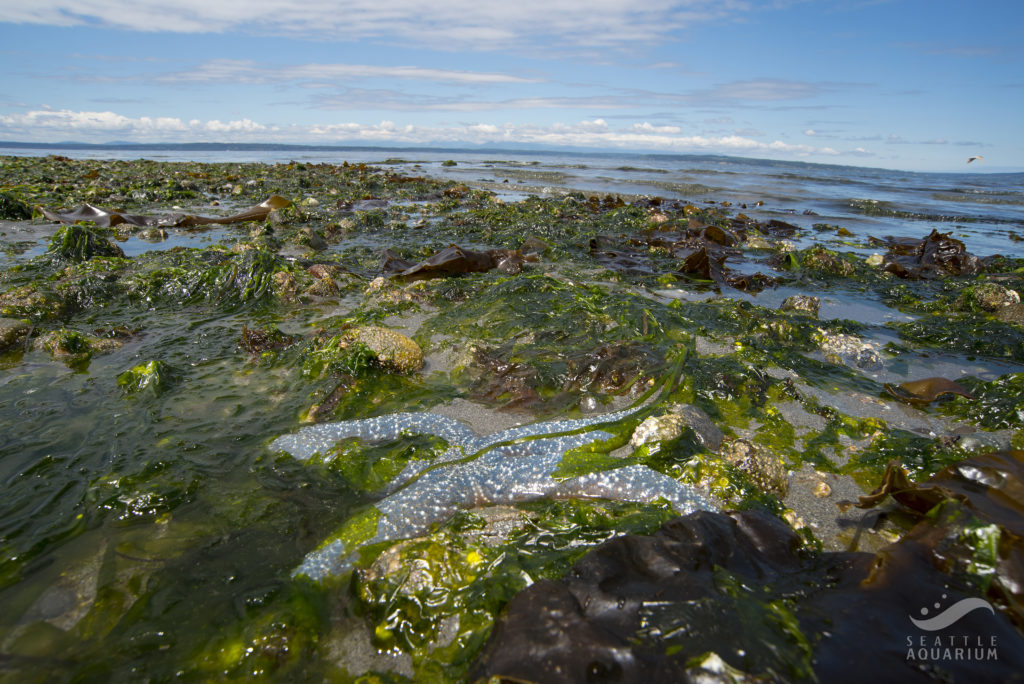
Cristina Mittermeier, internationally acclaimed wildlife photographer, Managing Director and Co-founder at SeaLegacy and President of Only One Collective, describes SeaLegacy’s work as a Hope Spot partner. “If we want to live in a healthy and abundant Salish Sea, we must first imagine what that looks like. With images and stories, SeaLegacy is inviting us to imagine a different balance between business and nature. If we can ignite an imagined future in which orcas are thriving, fish populations are revered, coastal communities re-engineer their economies to sustain tourism instead of squandering our finite resources, and the knowledge and rights of the First Nations of this land are honored, then I am sure we can turn the hope encapsulated in the idea of this Hope Spot, into a reality we can gift the next generation.”
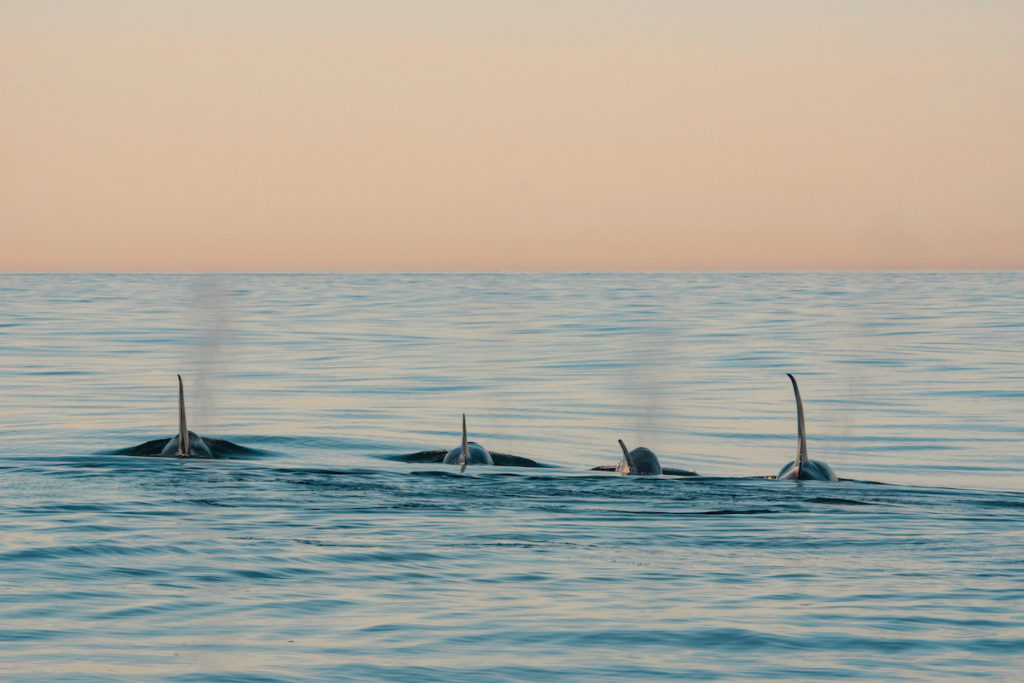
McLean elaborates, “By teaching people how their everyday actions are connected to local marine health – and ultimately their own health – we can make the Pacific Northwest a safer and healthier home for marine animals – and for all of us!”
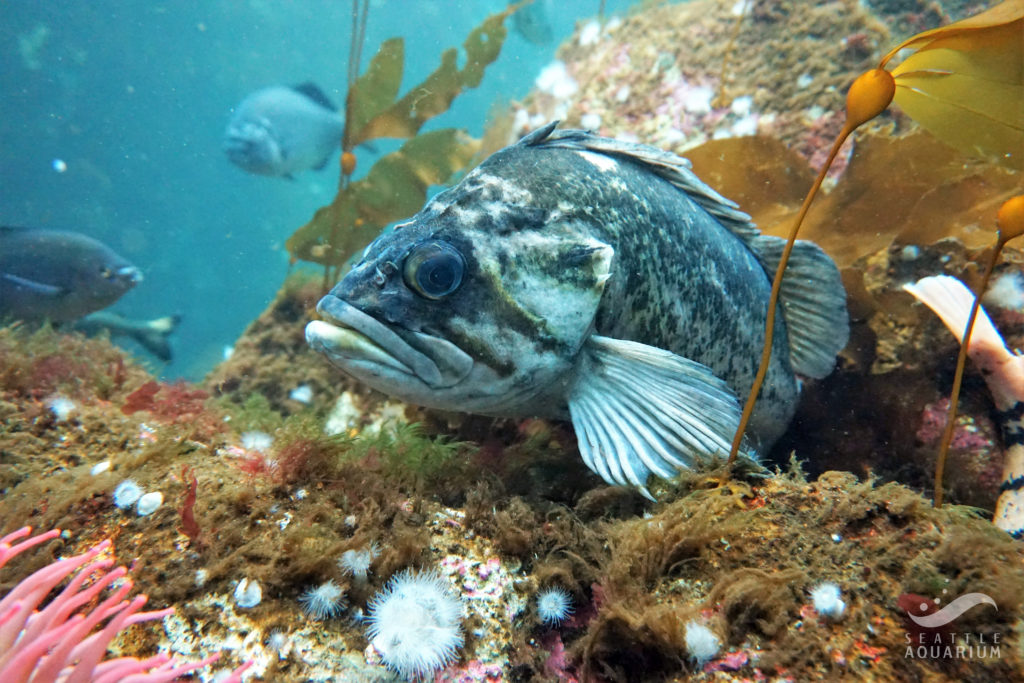
“We live, work and play near and in these waters and recognize that the region is on the brink of something incredible. We can achieve a resilient, sustainable, and healthy Salish Sea by bringing together diverse voices, building a movement around a shared ocean ethic, and by igniting hope,” said Dr. Erin Meyer, Director of Conservation Programs and Partnerships at the Seattle Aquarium. “Designating the Salish Sea as a Mission Blue Hope Spot connects us to communities around the world who are working together to catalyze positive change.”
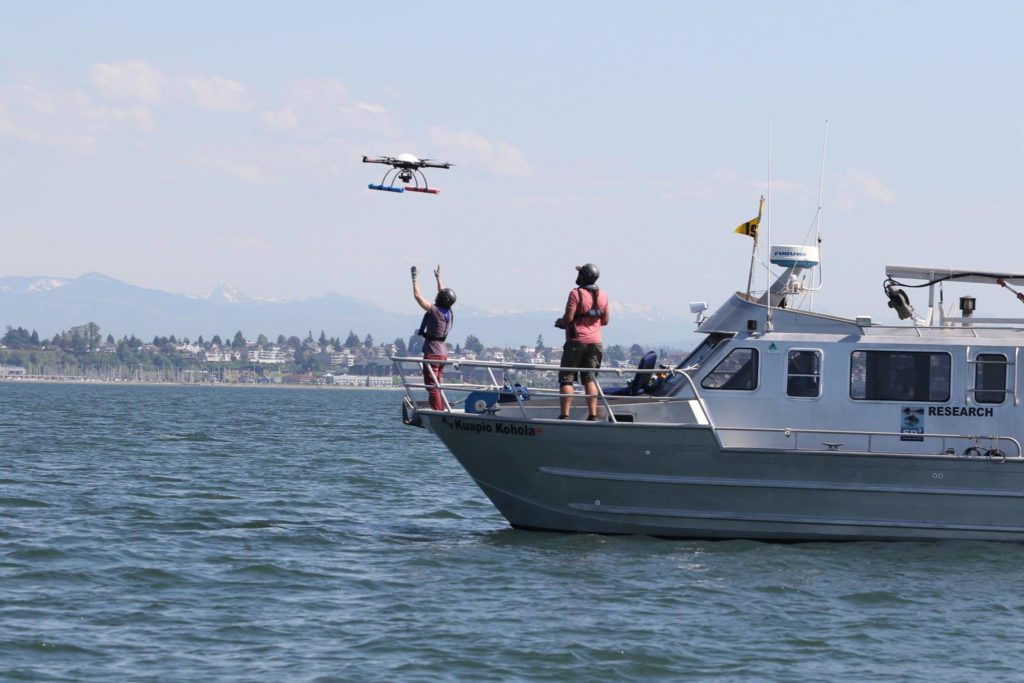
As SR3 delivers emergency response for sick, injured or entangled marine animals, they collect critical data in the process that helps drive broader protections. For instance, as they work to free entangled whales, responders also learn how they became entangled and work closely with fishermen and government agencies to develop ways to prevent entanglements in the future. Using drones to conduct scientific research, SR³ collects important health data that informs protections for dwindling populations such as the critically endangered Southern Resident killer whales.

SR³ and their partners believe that improving the health of the Salish Sea will require a hands-on approach from all angles. Their goals for the Hope Spot also include to deepen working relationships with local tribal entities, create a place of union between the many non-government organizations (NGOs) working to protect the life within the Salish Sea, and increasing public action for the support of legislation that impacts the Salish Sea and its inhabitants. In order to ignite the public’s response, they’re working to educate residents within the Salish Sea watershed about how its protection is critical for human health.
The Salish Sea Hope Spot partner organizations include Pacific Mammal Research, Whale and Dolphin Conservation, SeaLegacy, Seattle Aquarium, Marine Conservation Institute, Ocean Wise, Earth Law Center, Sea Smart, Coextinction Foundation, PNW Protectors, United and Free.

Despite the decimation of its species, the inundation of pollution from poorly planned development, and elimination of some critical habitats, the Salish Sea has survived.
“All is not lost,” stresses McLean. “This ecosystem is still alive. It is resilient, and we have the opportunity to restore it. Our lives and livelihoods depend on it.”
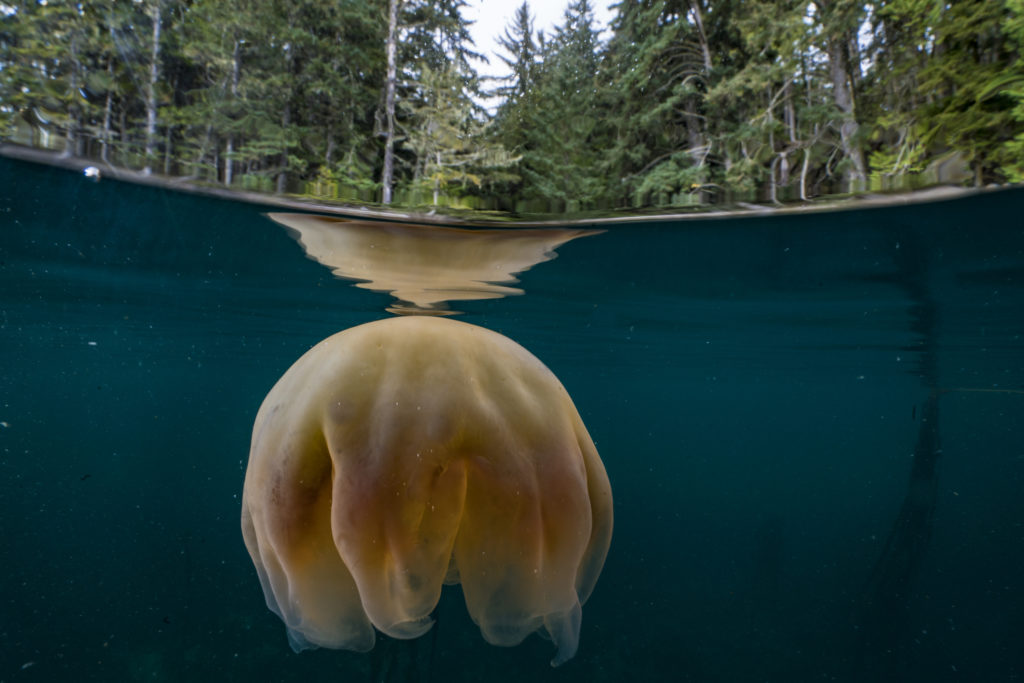
Click here to dive into the interactive Hope Spot StoryMap!
About SR³
SeaLife Response, Rehabilitation, and Research (SR³) rescues and protects marine wildlife in the Pacific Northwest. With a marine wildlife ambulance, response vessel, and specialized veterinary staff, SR³ fills a unique role in the West Coast’s marine mammal stranding network. The organization’s expert first responders stand ready to deploy every day to ensure suffering marine animals receive the expert care they so urgently need. SR³ also works to address the root cause of marine animal health issues through scientific research projects. A major focus of this program is the endangered Southern Resident killer whales, using drones to collect health data that inform conservation actions important to their survival. The nonprofit will soon open the region’s first marine wildlife specialty hospital.
